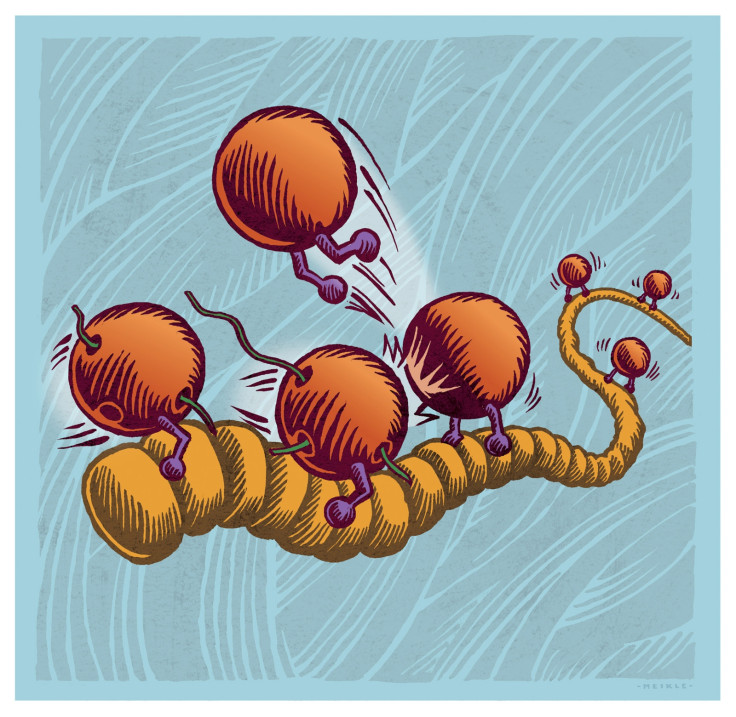How the Ebola virus replicates discovered, giving hopes of drug development

In a major step that could help develop anti-viral drugs against Ebola and related viruses like rabies and measles, University of Utah researchers have discovered the 'exotic' mechanism explaining the replication of these viruses.
The team studied a horse, cattle and pig virus named VSV – vesicular stomatitis virus – which is a member of a family called NNS RNA viruses. That family also includes viruses responsible for Ebola, measles, rabies and the common, childhood respiratory syncytial virus, or RSV.
After conducting 20,000 computer simulations on VSV they found a unique sliding mechanism used by VSV and related viruses to replicate.
According to senior author of the study, Saveez Saffarian, a virologist and assistant professor of physics and astronomy, the discovery is "as fundamental as understanding the workings of HIV protease" the enzyme essential for replication of the AIDS virus, understanding of which has made it possible for AIDS patients to manage AIDS.
The mechanism
The genetic blueprint in these viruses is an RNA strand that is covered by protein like beads on a necklace.
Once the virus infects a cell, enzymes called polymerases slide along the beaded viral RNA strand until they reach the correct end of the strand. Then the polymerases can read and "transcribe" the RNA code to synthesise messenger RNA, mRNA. The polymerase then instigates other polymerases to do the same and make copies.
In other viruses, the polymerases easily detach from the virus inside an infected cell and then find the right end of the RNA so replication begins.
The beads in NNS RNA viruses are supposed to make the reading difficult but the viral polymerases have evolved to read and replicate the RNA genome hidden beneath the beads.
Many viruses have most of their genome hidden under layers of fat or lipid. What is exposed are some envelope proteins, and about 10% of those proteins are used by the virus to enter and infect a cell.
Drugs better than vaccine
Antibodies in vaccines target the proteins to attack and block viral infection. But mutations by viruses mean that different proteins could be exposed, making vaccines inefficient.
One of the vaccines undergoing clinical trials causes joint pain as a side-effect, leading to the trial being halted.
The study is published in PLOS Computational Biology.
Studies have suggested treatment using methods as with related filoviruses like the Marburg virus where the RNA is degraded by the drug, while an Utah study reported earlier had suggested treatment using a molecule that mimics a critical region of the virus.
© Copyright IBTimes 2025. All rights reserved.




















